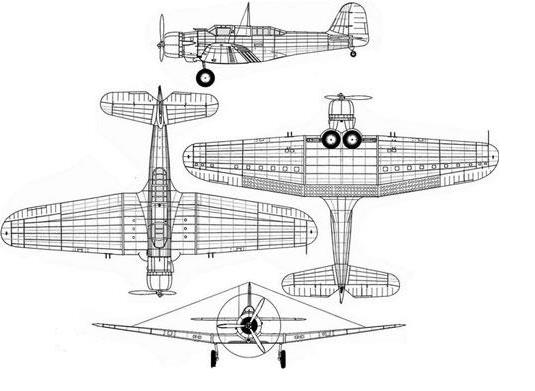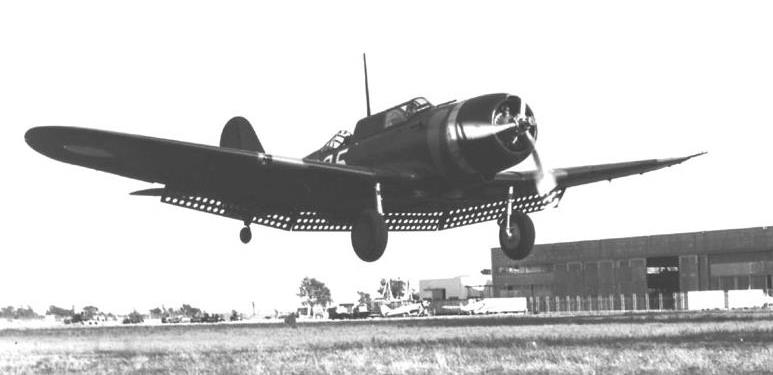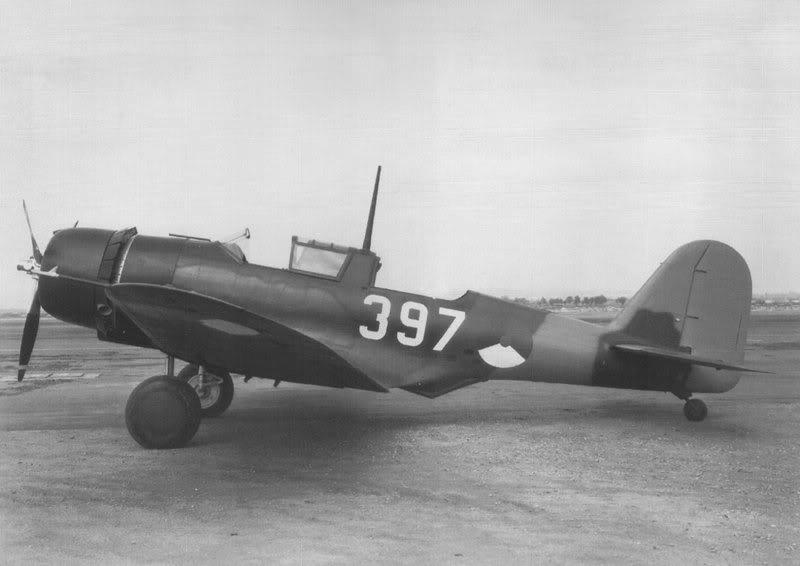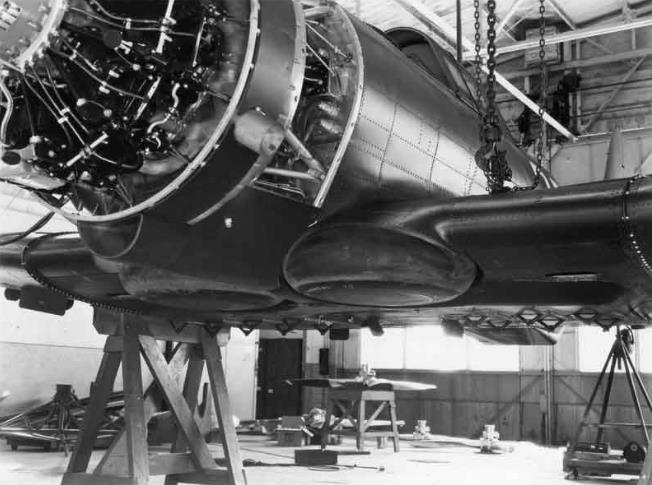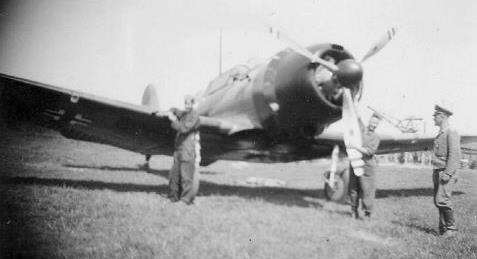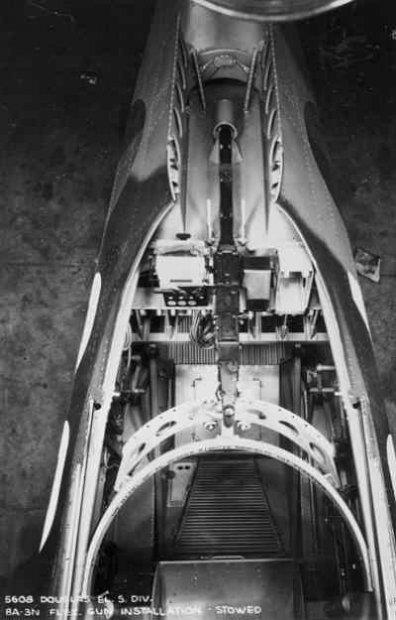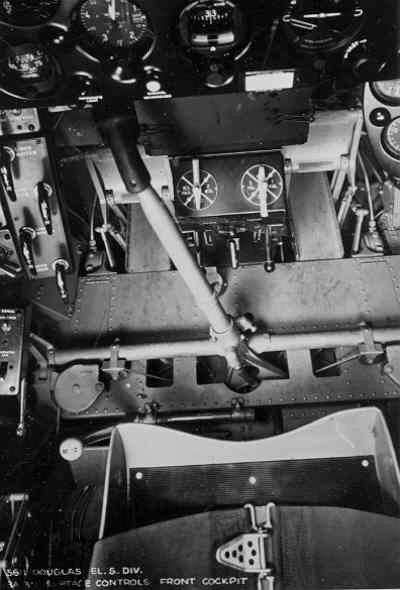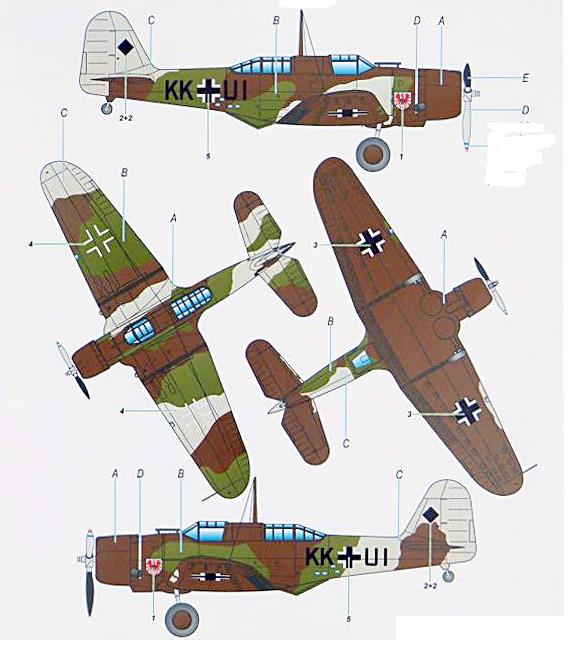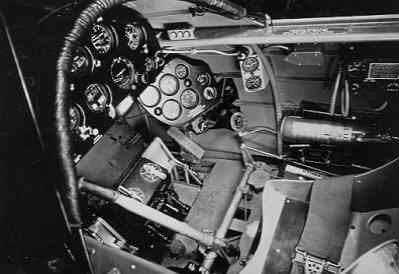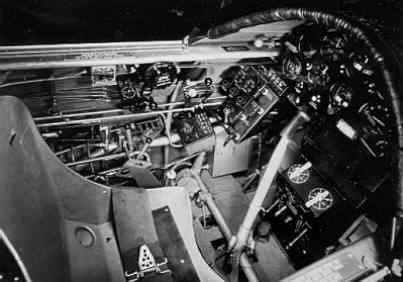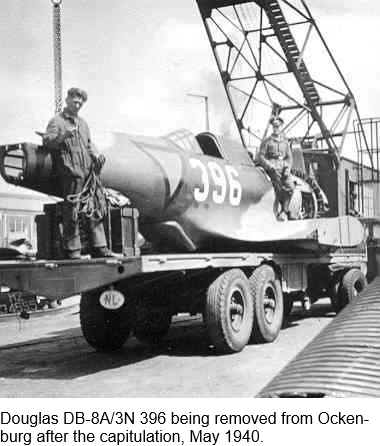| Type |
Two seat light bomber |
| Engine |
1 Pratt & Whitney R-1830 S3CG Twin Wasp |
| Dimensions |
Length 9,06 m , height 2,97 m , span 14,05 m , wing area 33,6 m2 , |
| Weights |
Empty 2390 kg , loaded 3580 kg , max. take off weight |
| Performance |
Max.. speed 416 km/h , cruising speed 330 km/h , range 2000 km , endurance , service ceiling 7700 m (bomber) 8800 m (reconnaissance) , climb |
| Armament |
4 7,9 mm machineguns in wings, 1 rearward firing 7,9 mm machinegun manually operated. Bombs: 20 x container with 13 parachute bombs or 2 x 200 kg or 4 x 100 kg or 8 x 50 kg or 2 x 300 kg |
